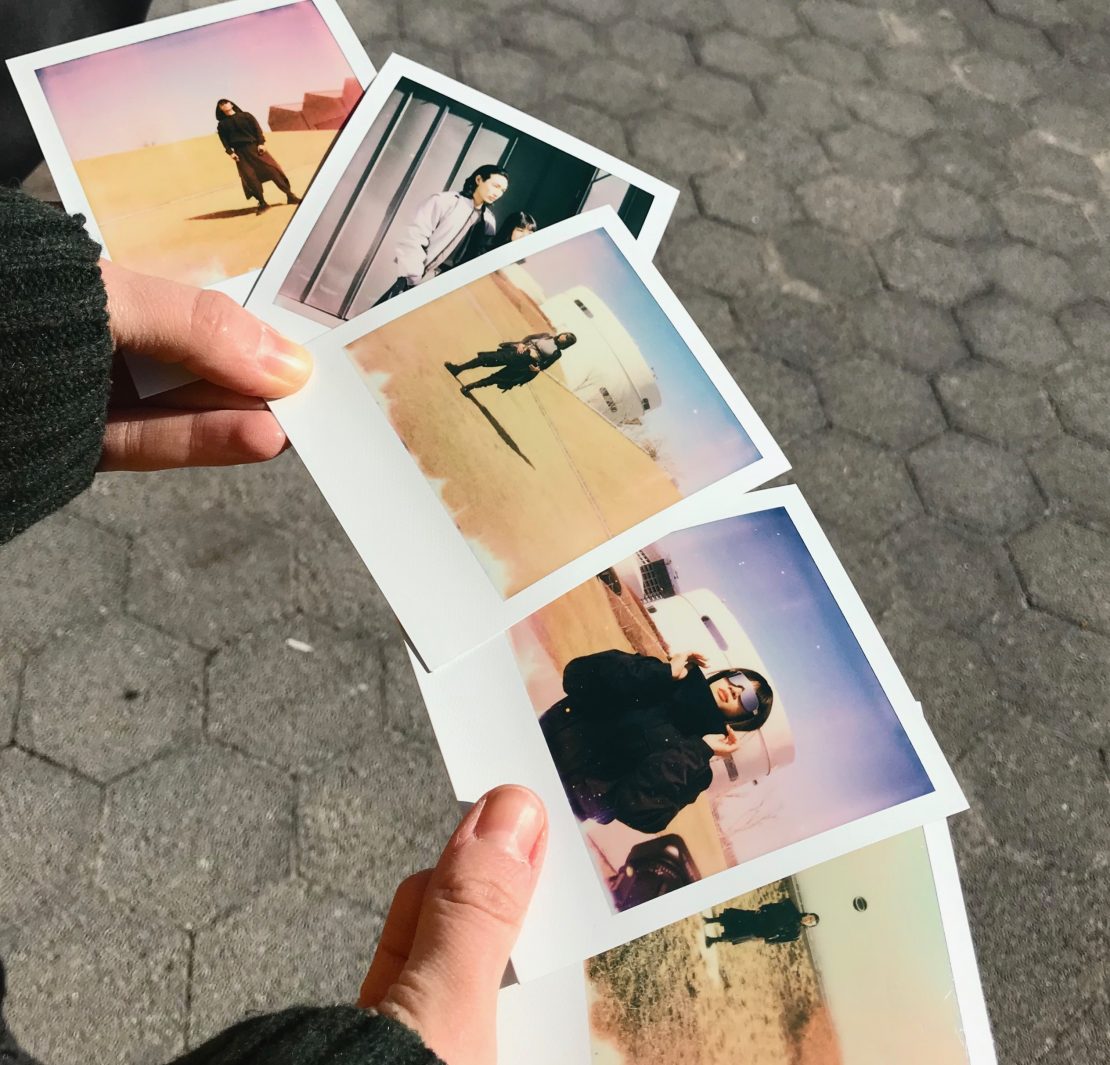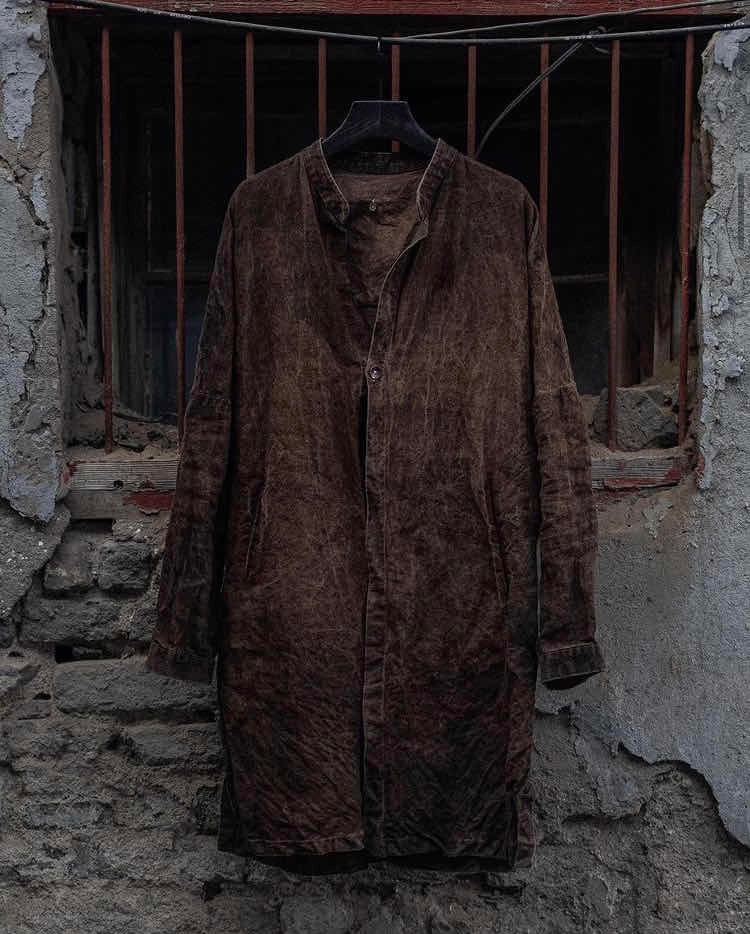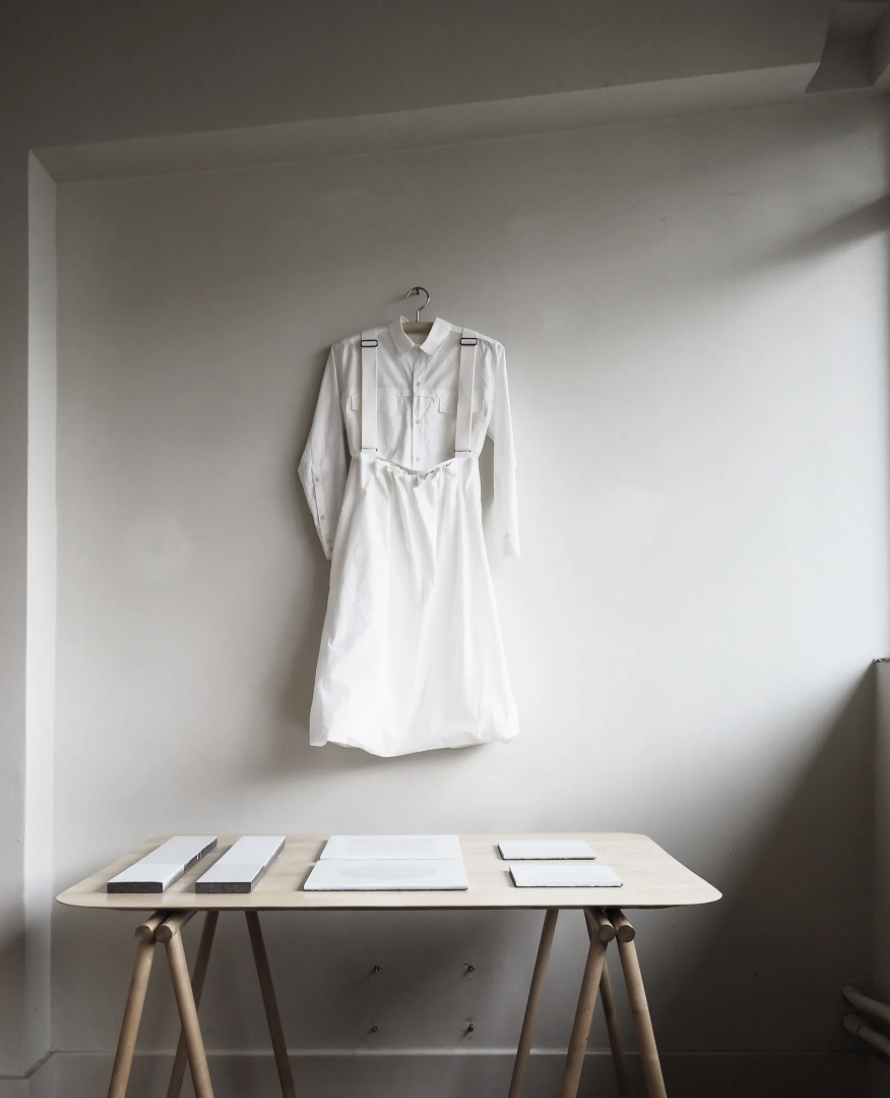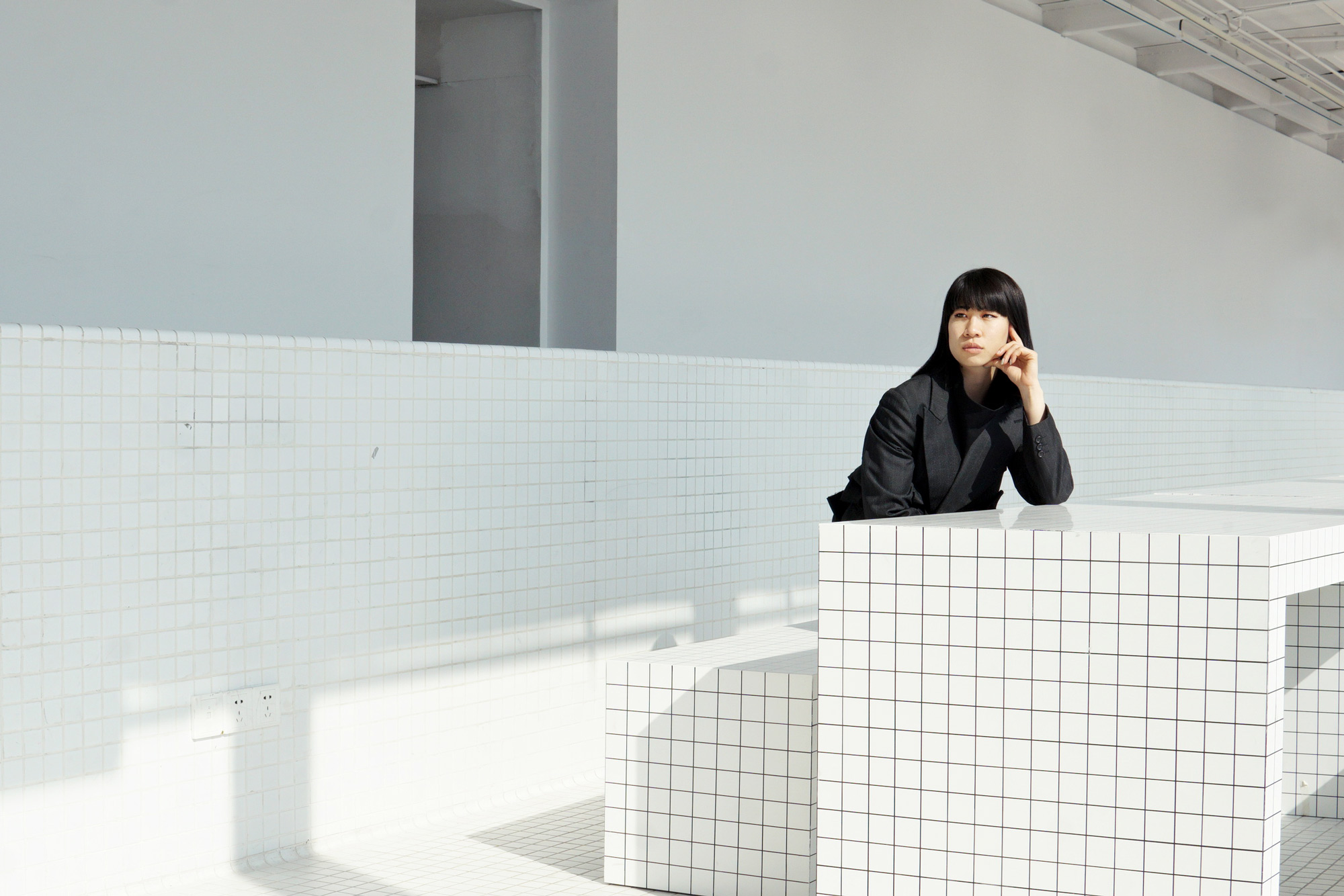A couple of weeks ago, I had a dream that I could still recall clearly. It’s not normal for me to remember my dreams, so the fact that one has lasted for more than one mornings probably had to do with my state of mind.
I was in a car with my family members – we have not had a family car for almost two decades, so my dream self knew immediately that I was in a dream. We were driving on the highway when suddenly a huge lorry with multiple trailers rumbled past at high speed. All of a sudden one of the trailers decoupled while maintaining its high velocity. I have no idea whether that is possible in real life, but that’s how it went in my dream.
While watching the incident unfold from my car window in the adjacent lane, I felt my mind racing and my heart pulsing rapidly, hoping that the rogue trailer will not meander and hit our car. I watched cars after cars speeding past in the other lane, breathing a sigh of relief whenever they got away safely. Meanwhile the car I was in seem to remain tethered to the trailer that had gone rogue, refusing to speed up so we could avoid a carnage. I felt helpless and terrified that I had no ability to save ourselves. Some time later, when our car finally pulled away, we saw another decoupled trailer two lanes away coming out of nowhere, and my worst fear (in the dream) materialised when the car behind it couldn’t swerve in time, smashing itself into the second trailer.
Whenever such dreams like this happens, I could only chalk it up to my brain telling me that I’m on an anxiety overload. Other alarming dreams that have doggedly remained in my memory long after having them include being chased by a blood-sucking vampire (deadlines looming), killing someone who posed a threat to my life (deal with the problem before it creates further issues) and frantically climbing up a hill on all fours to escape a rush of floodwater (the mind is in a crisis mode).
Such is the nature of running a business. While I cannot speak for other industries, a burgeoning fashion brand is a breeding ground for mental health issues when the stress toll reaches unmanageable levels. Having talked about clothing production previously, young fashion brands would have to address another stressful issue – communications, specifically on producing editorials and lookbooks. It usually is a major source of anxiety for me as I have to take on the role of producer, creative and art director, as well as the face of the brand, while shouldering the entire financial costs of the endeavour.
As with everything else in this industry, financial capacity makes all the difference. For brands with a large budget, they would hire a production firm who will appoint their own art director, photographer, stylist and supporting crew. For those of us who do not have access to a bottomless money pit, we have to rely on our own taste, networking, tenacity and organisational skills.
The Purpose of Fashion Campaigns and Lookbooks
For small brands, the limited budget and resources with which you can spend on image-making should be channeled towards educating customers about your brand and products, and less of creating pretty pictures that provide little information about what you are offering. Established brands can afford to do multiple campaigns that serve different communication purposes; smaller brands, not so much.
As the owner of an e-commerce business, I always approach fashion and product photography from the customers’ point of view, with three main points to consider. Firstly, potential buyers who cannot see the items in person and try them on would want to obtain as much information as possible regarding their physical characteristics before making a purchase. By delivering clear images of the products, you can let customers imagine how the clothes might feel in their hands, and how they’d drape on the body. Secondly, they want to be able to visualise how they could style the clothes, so a strong, imaginative styling would provide some creative ideas for the customer. Third, customers often assess whether your brand fits into their wardrobe rotation. While styling does help with this issue, we can assist them further with this decision-making process by creating the appropriate atmosphere in our images; the kind that delivers the narrative, usage situations as well as brand associations you would want your clothing to be remembered with.
This is why as much as I love art photography, I have to put them aside if they don’t deliver the kind of information that my customers need.
So how does one go about producing such images with minimal budget and manpower?
Work with what you have
…and be realistic with your limitations.
When I launched my first mini collection, there was only a camera, tripod and yours truly. I was a semi-trained photographer and retoucher, so I felt confident enough to shoot and edit my own images. I had also taken photos of myself for close to ten years by then. The images were not fantastic by any standard, but they showed the clothes in a suitable mood, and relayed the narratives I wanted to convey through my clothes.
As the mini collection grew larger, I worked with a friend who agreed to be my model and photographer. I sought him out because I liked the way he captured moody images which I felt was appropriate for ROSEN (ROSEN-X and ROSEN-S weren’t born yet), while also having the look that was congruent with the brand image. Despite not being able to afford much by way of compensation back then, he kindly agreed to work with me to create higher quality images that was not possible to do on my own.
Which brings me to my next point. An important aspect to consider before approaching someone to collaborate with is whether both parties share similar interests in aesthetics. People who share similar tastes tend to have more agreeable working relationship. It minimises miscommunication and increases effectiveness in achieving the desired result when both parties are familiar with the desired aesthetic.
It is also important to ensure that the person modelling the clothes have the right looks to deliver the desired brand image. For example, Under Armour hires muscular male and female models and athletes to convey their commitment to serious weight training and competitive sports. In contrast, Lululemon prefers lithe female models and agile male models who represent their demographics of health-conscious yoga enthusiasts. Large companies hire a casting director for this job. You should do this on your own in the beginning. Solicit opinions from peers whose tastes are aligned with yours, if necessary.
It is understandable for young brands to have limited budget for image production, but in no way should this should lead to an unequal agreement where someone is taking advantage of another by promising ‘exposure’ and ‘fame’. At the very least, offer some free clothes in exchange or modest monetary compensation for their time. Lack of capital should be taken up as a creative challenge, not an excuse to be stingy.
Here are some low-budget suggestions in order from cheapest to most costly:
Focus on Product Photography
Great lighting is key, as well as the background with which the products are shot against. Natural sunlight during golden hours tends to be more flattering in most instances, and also takes the least effort. For moody lighting, clothing shot in cloudy mornings outdoors would be more suitable than sunlight. Bonus point for fog.
Use A Tripod
On paper, this is the next alternative cheap method. However, you would have to have mastered the technique of taking selfies otherwise it would be a tough hill to climb, since you have to be aware of the best angle for your face and body and the rules of lighting. One method that I adhere to is to behave like the sunflower. Know where the light is coming from, and adjust your face and body according to how much light you’d like to fall on the face. The more light falls on your face, the younger you tend to look as the light will wash away the lines and shadows on your face. Alternatively, if you’d like to look menacing, then use sunlight to highlight the edges of your features, rather than facing it directly. But bear in mind that not everyone looks good with a menacing cast shadow. More often than not, it can make a person look older and haggard. Not everyone is blessed with strong jawline and sharp cheekbones.
It is also important to know the right time of the day for shooting. Personally I prefer overcast mornings that provide soft lighting and contrast, which allow deep tones and dark colours to be more discernible. That, or deep yellow sunlight right after sunrise before the sun gets too high and bright.
+1 Strategy
Work with a model or talent (someone who is not signed to a modelling agency), while you double up as a photographer. This requires having adequate photography skills on your part. Alternatively, if you feel confident in being the face of the brand, seek help from a friend who is able to operate a camera or a phone with a good camera. The latest phone model may not match the quality of a DSLR or mirrorless camera, but with the right lighting (golden hour!) and knowing how to direct your poses would achieve a better quality than photos taken with a professional camera under bad lighting.
+2 Strategy
On top of finding a model, collaborate with an amateur photographer who would like to expand their portfolio. This requires plenty of vetting on your part to ensure that they have at least some adequate practice, internship and/or working as an assistant to other photographers.
Time to Work with Professionals
Hire a professional photographer, either freelance or through an agency. A seasoned photographer would have honed their own style, so pick one whose style matches your designs. It is also important to study their portfolio carefully before making a decision. One method that I religiously practice to is to look out for a series of photographs from the same shoot. Within a portfolio, if a photographer only posts one photo out of every shoot, that’s a red flag. In this day and age with the help of a digital camera, anyone can click a thousand times only to produce a single image by accident. For fashion, a photographer must be able to deliver more than a handful of good images in a single project for you to work with. Another plus point that I look out for is the photographer’s ability to shoot ordinary-looking people at a flattering angle in good lighting. Creating aesthetic imageries with everyday people is a more commendable feat to me than making beautiful models look even more beautiful.
As the brand owner and/or designer, it is highly recommended for you to provide moodboard/images that the photographer can refer to. They can include lighting, colours, poses and the clothes themselves. This way they have a good idea of how to go about producing the kind of images you have in mind.
Bolster Your Team with Stylist, Hair and Makeup Artist
Up to this point, you are responsible for styling, ie. putting outfits together in a complementary manner. If you are keen to raise the bar, a stylist, hair and makeup artist would be the best addition to the team. Katie Grand, Panos Yiapanis, Robbie Spencer and Melanie Ward, these are famous stylists who spin dreams into runway shows and editorials. While designers generally have a good idea of how outfits should be put together, a professional stylist can provide additional perspectives to bring the entire collection together under a common theme, as well as complete the looks with accessories or additional garments. The stylist also works with the designer and makeup artist to further enhance the appearance of the models so it complements the collection. During the shoot itself, they are in charge of dressing the model(s) with the help of assistant(s), ensuring a smooth transition from one outfit to another.
I placed the addition of these professionals in the later stages as their fees would increase your expenditure tremendously. However, there are instances in which stylists and makeup artists are willing to contribute their time and effort in exchange for free clothes or minimal compensation if they are trying to build their portfolio, but their willingness should not be taken for granted.
You Are Responsible from Start to Finish
Every stage in this progression requires your active participation as a producer which is something you will learn on the job, or die trying. A producer hires the entire team, negotiate fees, scouts locations, scheduling, lighting, transport, and draft backup plans in case something goes wrong. The more people you work with, the bigger the logistical hurdles faced. Your most fundamental responsibility as a producer, no matter how big or small a project, is to ensure that the right people are chosen for the job within the limits of your budget.
The size of your responsibility as a producer is typically correlated to the size of the collection and the complexity of the setting and styling, which will determine the number of people you should work with. I remember a few years ago how fun a photoshoot could be. My designs were less complicated back then, the settings I picked were humble and haphazard. But as I keep raising the bar for image quality, the days of carefree, guerrilla style photoshoots have now been replaced by carefully-planned production – an overwhelmingly stressful job of managing a team of professionals who in turn have their own assistants, especially in addition to my responsibilities as creative director. If a shoot does not produce the desired results, a reshoot is necessary, which further incurs more time and financial resources. No wonder I kept having nightmares before a photoshoot.
As a brand owner, the end goal is the point where you become the client who says yes or no to options being presented to you while a production company does the legwork. And for that to happen, be prepared to spend a significant amount of money in return for saving yourself the stress of producing your own shoot.
Some Caveats
From my experience as someone who has been selling clothes for over a decade, there are some unwritten rules that determine the success of image production for small business. Success in this case is defined by several parameters that include social media engagement (how well-received the campaign is), brand reach (how many new people are drawn to your campaign), and sales revenue (how effective your campaign and lookbook are to educate the customers about your products, thus persuading them to trust your brand).
Are you selling design, or branded commodity?
The amount of effort required to create commercially successful images is correlated to the uniqueness of the garment design. This is why t-shirt companies rely on lifestyle photos so the consumers are able to imagine themselves wearing the product, as well as its associated emotions. Or in the case of Boohoo, Fashionnova (and once upon a time, American Apparel), they rely on sexual imageries to push their offering. Without these underlying narratives, they are simply selling commodities that could be bought from Walmart and discount stores. The same couldn’t be truer for perfumes.
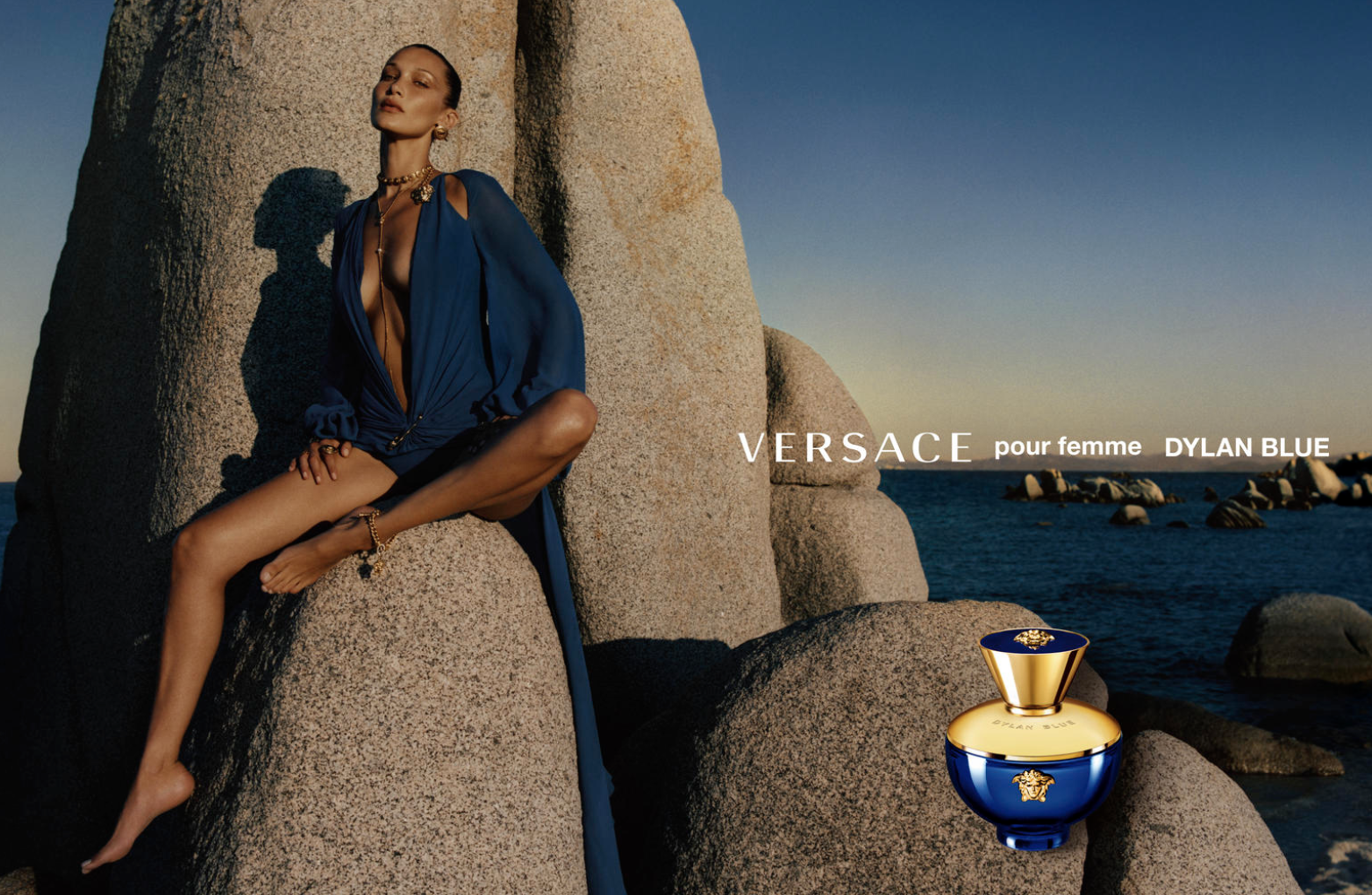
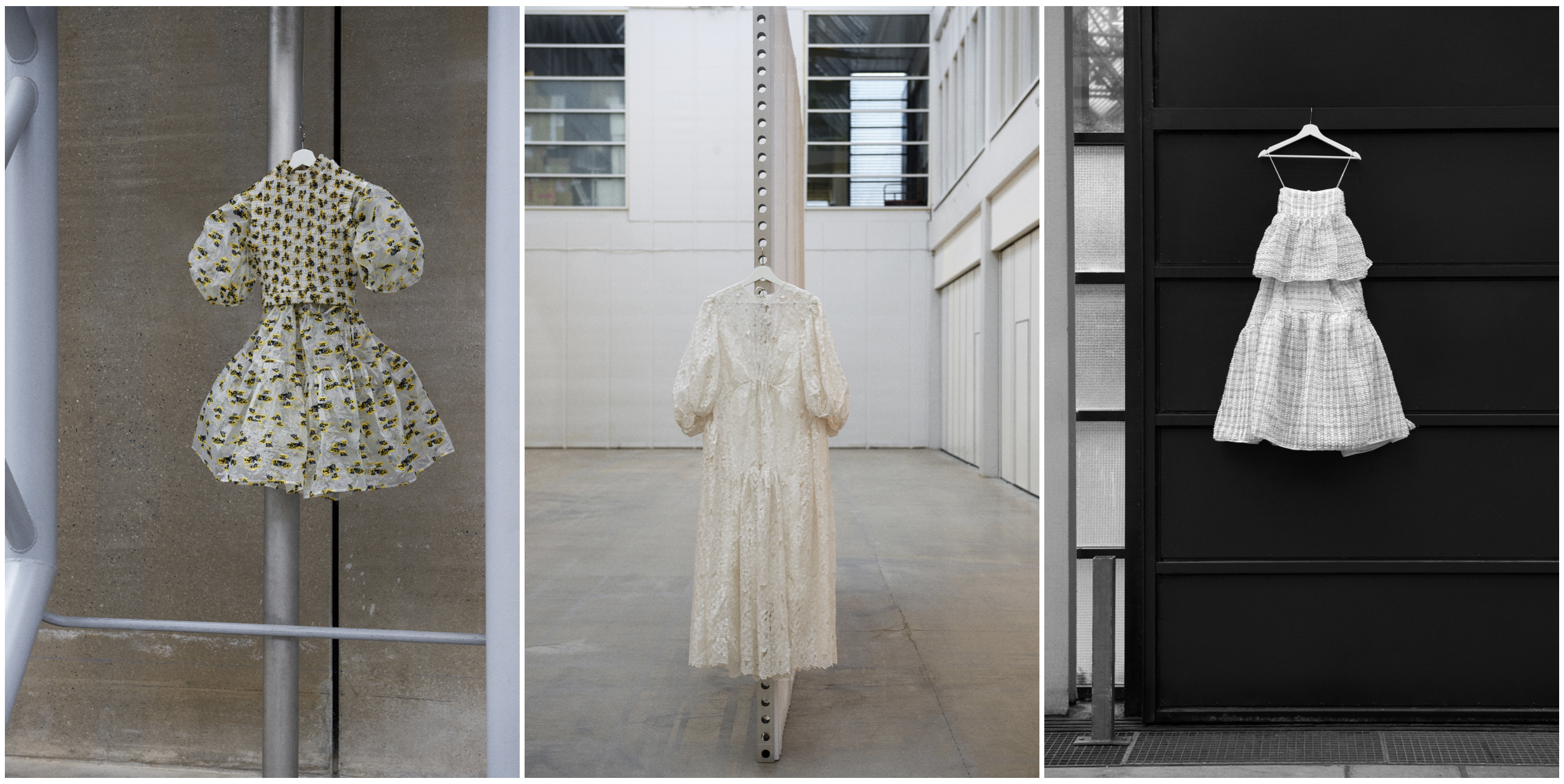
How cohesive is your visual presentation?
Our brains are wired to seek out patterns and harmony to make sense of the chaotic world. For a collection to be received and remembered easily by the audience, we need to create imageries that present a cohesive front. This way, the viewer find the images meaningful, allowing them to form their own interpretation out of the visual information you are presenting. Cohesion can be strengthened by styling, photography treatment, and choice of setting.
Studio or Outdoors?
This depends on so many factors it could almost be its own article. Renting studio and lighting equipments would raise the production cost, and the photographer would have to be familiar with lighting equipments, or failing that, hire a lighting professional. On the upside, you won’t be facing the issue of changing lighting condition. Everyone is comfortable; changing clothes will not be an issue.
While outdoor shoots save costs on studio rental, you have to deal with the lighting condition presented by Mother Nature. Aside from that, the logistical needs to ferry the crew, clothes and equipments to location, getting permissions (if necessary), and limited availability of power source present serious challenges that must be overcome. With that said, I personally find that outdoor shots are more captivating than studio setting, especially when it is congruent with the clothes. That’s not to say that a great set design is not achievable in studio setting, but it will add extra effort and financial burden.
Maximum Due Diligence, Minimum Expectations
Production success is not correlated to the amount of money that you spend. Despite all the precautions you’ve taken, not every attempt will be successful. I have had multiple satisfactory small-scale shoots with a team of less than five people, and also disappointing results with a team headed by a woefully unskilled photographer. Even after vetting portfolios (which can be manipulated), you will never truly know the reliability of a photographer/stylist/makeup artist until you have worked with them at least once.
At the end of the day, we should remember that fashion is a business endeavour involving people who have their respective sets of strengths and shortcomings. This is why designers often have a continuous working relationship with the same group of people. Everyone knows of the standard that is expected from each other, minimising uncertainties in an already stressful work environment.

